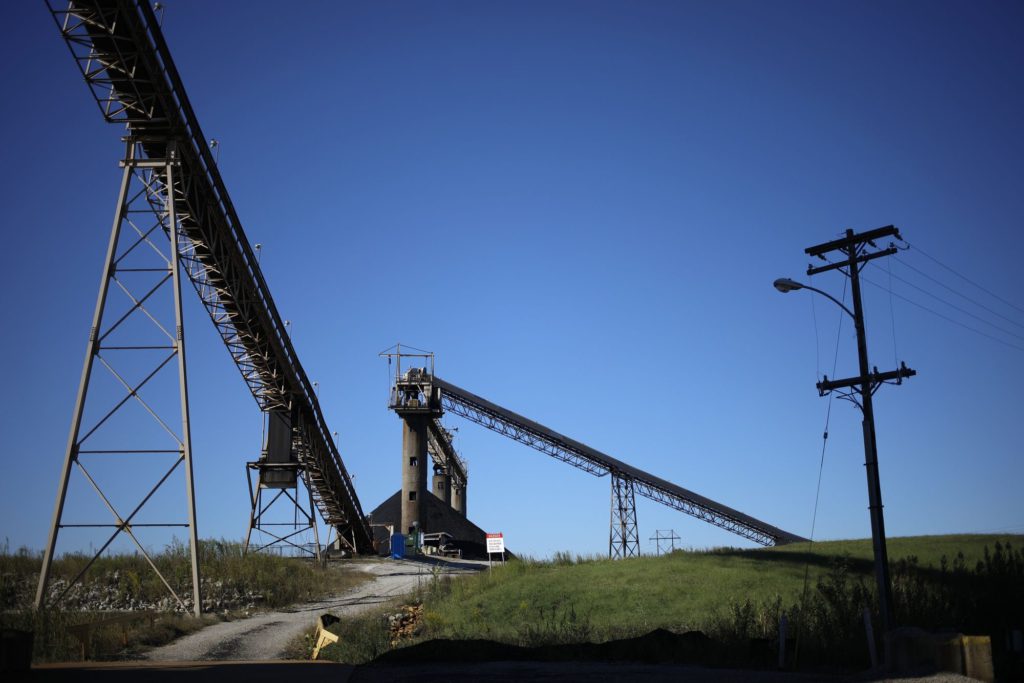(Bloomberg) —
We are two weeks into Russia’s invasion of Ukraine, and only just beginning to understand the long-term implications for energy, trade, technology and climate. I attempted a broad inquisitive view last week. Needless to say, it did not include specifics such as the U.S. and U.K. banning the importation of Russian oil, or a short squeeze sending the spot price of nickel to more than $100,000 a ton.
This war is requiring us to update our priors, so to speak. Clearly, there are immediate economic implications to massive trade in globally-priced commodities like oil, just as there are specific security implications to importing massive quantities of gas from one country (Russia) into a supply-constrained market (Europe). There are also less immediately acute but nonetheless significant longer-term trajectories that deserve re-examination, such as nickel’s role in electric vehicle batteries. EV batteries already constitute 7% of global nickel demand, a ratio that will soar as the market expands.
I want us to look further at our assumptions. I suggest we update our idea of what constitutes an energy asset in an era of hopefully deep decarbonization. For that, we can look to a big coal company.
Last week, coal producer Peabody Energy Corp and two financial partners announced the creation of R3 Renewables, a joint venture to develop 3.3 gigawatts of solar and 1.6 gigawatts of battery storage capacity on or near old coal mining sites. It might shock many that a company driven to bankruptcy by coal’s collapse six years ago would embark on a plan that could make it a significant player in U.S. renewable power development. It shouldn’t.
From an environmental perspective, a disused coal mine is almost certainly a liability. Its land has been disturbed, the soil and water are likely polluted, and remediation is a lengthy and expensive process. However, repurposed as a solar power asset it can have real attributes. Previously-disturbed land may be easier to grade and rights of way already have been secured for surveying and construction equipment.
Perhaps more importantly, working mines consumed a considerable amount of electricity to power operations. That means they have an existing connection to the transmission network and represent spare capacity within the grid, since they no longer are a source of demand themselves. It is no surprise that in announcing its plans, R3 Renewables mentions that its “strategic site locations” are “in close proximity to grid injection points” in Indiana and Illinois.
The value of those interconnections is hard to overstate. In a survey of U.S. renewable power developers in November 2021, 89% said that “interconnection timelines and costs” were the biggest barriers to reaching the U.S. Department of Energy’s goal of 40% solar by 2035. The survey identifies the PJM interconnection (which includes parts of Illinois and Indiana) as the most challenging market for developers.
The coal-to-solar concept, then, updates priors in an instructive way. From a development perspective, it asks us to re-examine the nature of an asset. It requires working backwards from the interconnection, rather than forward from the solar resource. It also involves accepting that doing so will send proceeds to a century-old incumbent of coal’s previous supremacy in U.S. power generation.
But it could also mean something critical for removing as much hydrocarbon production from power grids as possible: speed and scale. This very phrase is the title of venture capital investor John Doerr’s thorough and thoughtful examination of how to “turn the tide on climate change.” Second on Doerr’s list of objectives is “decarbonize the grid.” His book does not hypothesize about doing so via turning old coal mines into gigawatts of solar and battery energy storage projects, but nor should it. That prior, when the book was being written, was yet to be updated.
Nathaniel Bullard is BloombergNEF’s Chief Content Officer.
More stories like this are available on bloomberg.com
©2022 Bloomberg L.P.











